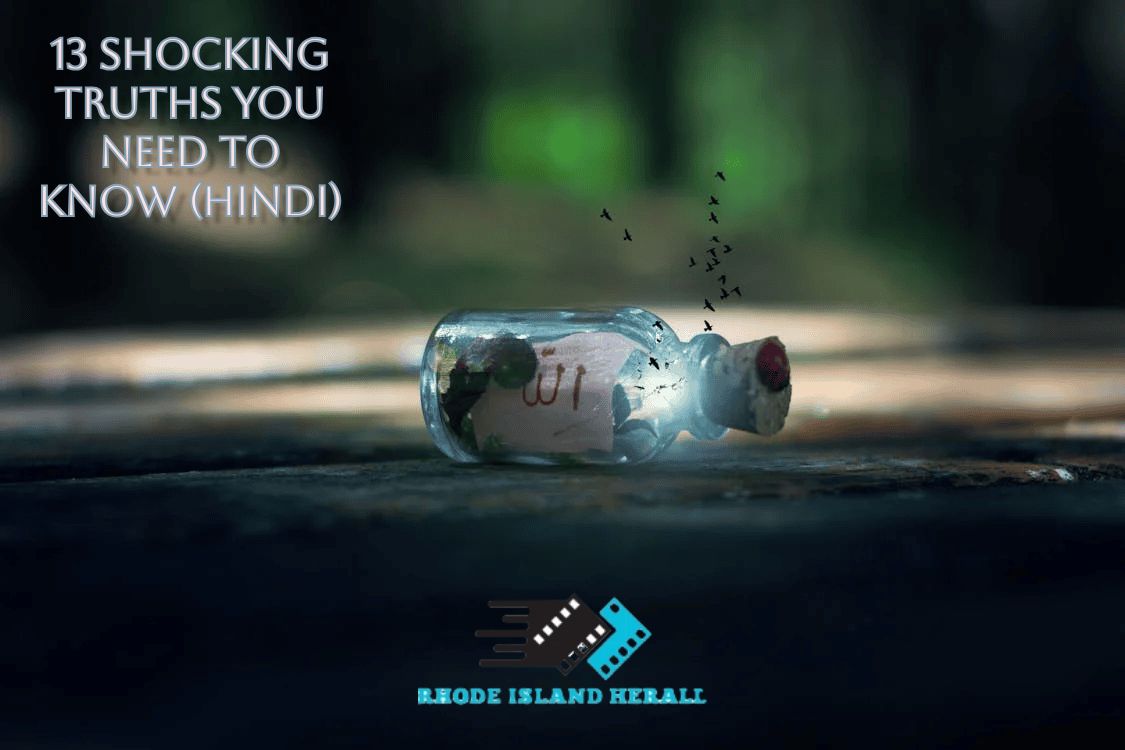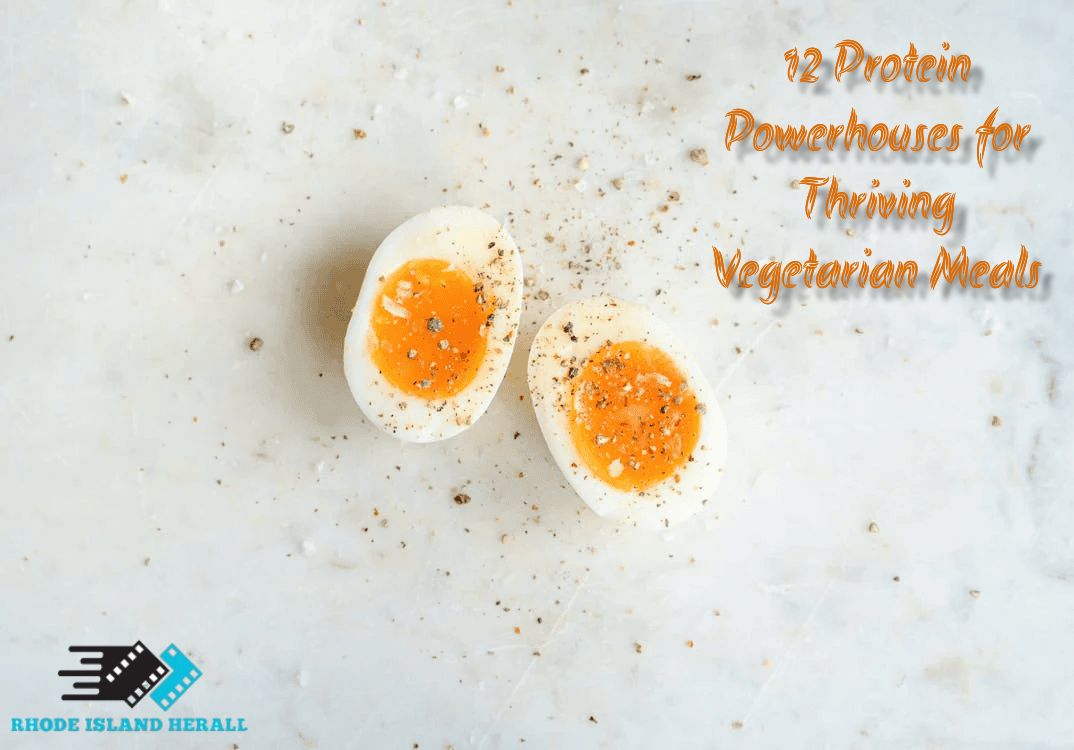We all know the iconic image: a lone plastic water bottle, bobbing sadly in the vast ocean, a stark symbol of our disposable culture. But what if we told you that the problem with plastic water bottles goes far beyond the heartbreaking visuals of environmental pollution? These single-use bottles contribute to a silent health crisis, leaching harmful chemicals into our water and potentially impacting our well-being in unseen ways. By understanding the hidden costs of reusing plastic bottles, we can make informed choices for a healthier and healthier planet.
While reusing a plastic water bottle might seem like a small win for sustainability, the truth is, that it’s a double-edged sword. Sure, you’re saving one bottle from ending up in a landfill, but there are hidden costs to consider, costs that impact your health and well-being. These potential health risks, coupled with the environmental impact of plastic production and the overall lifecycle of the bottle, make a compelling case for seeking out more sustainable hydration solutions.
The Deception of Durability: Why Plastic Water Bottles Aren’t Meant to Last
Plastic water bottles are designed for single use. They’re crafted from a type of plastic known as PET (polyethylene terephthalate), which prioritizes convenience over longevity. PET’s lightweight and flexible nature makes it ideal for grabbing on the go, but these very qualities render it unsuitable for repeated fillings. The constant flexing and potential for rough handling can create microscopic tears in the plastic, ultimately compromising the bottle’s integrity and introducing potential health risks.
With each refill, the plastic degrades. Microscopic scratches appear on the surface, creating a haven for bacteria to grow. These scratches can also leach harmful chemicals, such as antimony and acetaldehyde, into your water.
The Silent Threat: Chemical Leaching and Health Risks
Let’s delve deeper into the science behind chemical leaching. PET contains chemicals called antimony trioxide and bisphenol A (BPA), which act almost like microscopic ferries. These chemicals can migrate into your water, especially when exposed to heat or sunlight, essentially hitching a ride on the water molecules, and contaminating your drink. This process is accelerated by factors like high temperatures – think leaving your water bottle in a hot car – or acidic beverages like citrus juices.
Here’s why that’s concerning:
- Antimony trioxide: This chemical has been linked to hormonal imbalances, heart problems, and even certain cancers.
- BPA: BPA has been associated with a multitude of health concerns, including developmental issues in children, reproductive problems, and an increased risk of heart disease.
While BPA-free alternatives exist, they’re not a silver bullet. Some BPA-free replacements may contain other potentially harmful chemicals like BPS (bisphenol S) or BPF (bisphenol F). The concern deepens as research into these replacements is ongoing, leaving a question mark over their long-term health impacts. This highlights the importance of using truly safe, reusable alternatives whenever possible.
Beyond Chemicals: The Downside of Plastic Bottle Breakdown
Even if the chemicals themselves don’t leach, the degradation of the plastic can negatively impact your water’s quality. As the plastic breaks down, microplastics – tiny plastic fragments – can contaminate your drink. These microplastics have been found not just in bottled water, but also in tap water and even marine life. The potential health effects of microplastic ingestion are a growing concern for scientists.
The Taste Test: Why Reused Plastic Bottles Can Alter Flavor
Anyone who’s reused a plastic water bottle for too long knows the telltale taste – a faint plastic aftertaste that lingers in your drink, an unpleasant reminder that the bottle has reached its useful life. This is due to the breakdown of the plastic itself, leaching chemicals and creating microscopic harborage sites for bacteria within the scratches and crevices. No amount of rinsing can erase this unpleasant flavor, and forcing it down becomes a chore, defeating the purpose of a refreshing beverage.
The Environmental Impact: A Lifecycle Analysis
While reusing a plastic bottle might seem like a sustainable choice, it’s important to consider the bottle’s entire lifecycle. The production of plastic water bottles requires a significant amount of energy and resources, often derived from fossil fuels. Transportation across vast distances to bottling plants and then to store shelves adds to the environmental impact. Even recycling, while preferable to landfilling, has its energy demands, and some recycling facilities struggle to handle the sheer volume of plastic waste.
In a perfect world, refilling a reusable bottle would be the clear champion. However, the reality is that forgetfulness, busy schedules, or improper cleaning routines can sideline even the most well-intentioned reusable. When this happens, the environmental benefit crumbles. Studies show that a reusable bottle needs to be used dozens of times to offset the environmental impact of its production compared to a single-use plastic bottle. Therefore, choosing the right reusable bottle and committing to consistent use are both crucial for a sustainable hydration solution.
The Ethical Consumer’s Choice: Sustainable Hydration Solutions
So, what’s the alternative? How can you quench your thirst without compromising your health or the planet? Here are some sustainable hydration solutions to consider:
- Invest in a high-quality, reusable water bottle: Choose a bottle made from safe, durable materials like stainless steel or glass. Opt for double-walled insulation to keep your water cold and fresh.
- Filtration is your friend: Invest in a water filter for your home or a portable filter for on-the-go use. This allows you to refill your reusable bottle with tap water, significantly reducing your reliance on plastic.
- Support companies with a sustainability focus: Look for brands that use recycled materials in their bottle production and prioritize sustainable practices throughout their supply chain.
By making these conscious choices, you’re not just protecting your health from potential chemical exposure and microplastic contamination, you’re also taking a stand for a healthier planet. You’re reducing your reliance on single-use plastics, conserving precious resources, and contributing to a more sustainable future for generations to come. Every refillable bottle you use is a small victory in the fight against plastic pollution.
Remember: Reducing plastic waste is a collective effort. By making informed choices and spreading awareness, we can create a ripple effect, one reusable bottle at a time. Imagine the impact of everyone carrying a reusable bottle – less plastic in landfills and oceans, a healthier planet for future generations, and a message sent loud and clear that we value sustainability. Every refill becomes a small victory, and together, these victories pave the way for a future where responsible hydration goes hand-in-hand with environmental well-being.
Click More Tips: Riherald
बार-बार इस्तेमाल की जाने वाली प्लास्टिक की पानी की बोतलें ( बार-बार इस्तेमाल की जाने वाली पीईटी की बोतलें) के बारे में 11 अक्सर पूछे जाने वाले प्रश्न (FAQs)
1. क्या मैं अपनी प्लास्टिक की पानी की बोतल को फिर से इस्तेमाल कर सकता/सकती हूँ?
तकनीकी रूप से हाँ, आप अपनी प्लास्टिक की पानी की बोतल को दोबारा इस्तेमाल कर सकते हैं, लेकिन यह वास्तव में आपके स्वास्थ्य के लिए सबसे अच्छा विकल्प नहीं है।
2. बार-बार इस्तेमाल करने से क्या समस्या होती है?
हर बार रिफिल करने पर, प्लास्टिक कमज़ोर हो जाता है और उसमें छोटे-छोटे खरोंच बन जाते हैं। ये खरोंच बैक्टीरिया के पनपने का ठिकाना बन सकते हैं और साथ ही हानिकारक रसायनों जैसे एंटीमनी और एसिटालडिहाइड को आपके पानी में छोड़ सकते हैं।
3. क्या ये रसायन खतरनाक हैं?
एंटीमनी को हार्मोनल असंतुलन, हृदय समस्याओं और कुछ कैंसरों से भी जोड़ा गया है। BPA को विकासशील बच्चों में समस्याओं, प्रजनन संबंधी मुद्दों और हृदय रोग के बढ़ते जोखिम से जोड़ा गया है।
4. क्या BPA-मुक्त बोतलें सुरक्षित हैं?
कुछ BPA-मुक्त विकल्प BPS (बिसफेनॉल एस) या BPF (बिसफेनॉल एफ) जैसे अन्य संभावित रूप से हानिकारक रसायन रख सकते हैं, जिनके दीर्घकालिक प्रभावों पर अभी भी जांच चल रही है।
5. क्या बार-बार इस्तेमाल से पानी का स्वाद बदल जाता है?
हाँ, बार-बार इस्तेमाल की जाने वाली प्लास्टिक की बोतलों में एक अप्रिय प्लास्टिक का स्वाद आ सकता है। यह प्लास्टिक के टूटने के साथ-साथ खरोंचों और दरारों में बैक्टीरिया के विकास के कारण होता है।
6. क्या पुनःपूरणीय बोतलें बेहतर विकल्प हैं?
हाँ, जब सही तरीके से उपयोग किया जाता है, तो स्टेनलेस स्टील या कांचे जैसी सुरक्षित सामग्री से बनी पुनःपूरणीय बोतलें एक बेहतर विकल्प होती हैं। वे टिकाऊ होती हैं और आपके पेय को ठंडा और ताजा रखने के लिए इन्सुलेशन प्रदान कर सकती हैं।
7. क्या मैं नल के पानी को फ़िल्टर कर सकता/सकती हूँ?
एक घरेलू वॉटर फिल्टर या एक पोर्टेबल फिल्टर आपको नल के पानी को पीने योग्य बनाने और प्लास्टिक की बोतलों पर निर्भरता कम करने की अनुमति देता है।
8. क्या मैं टिकाऊ बोतलें बनाने वाली कंपनियों का समर्थन कर सकता/सकती हूँ?
हाँ, उन ब्रांडों का समर्थन करें जो पुनर्नवीनीकरण सामग्री का उपयोग करते हैं और अपने आपूर्ति श्रृंखला में स्थायी प्रथाओं को प्राथमिकता देते हैं।
9. बार-बार इस्तेमाल की जाने वाली बोतल चुनते समय मुझे क्या देखना चाहिए?
टिकाऊपन और लीकप्रूफ डिजाइन वाली बोतल चुनें। चौड़े मुंह वाली बोतलें साफ करने में आसान होती हैं।
10. बार-बार इस्तेमाल की जाने वाली बोतल को साफ करने का सबसे अच्छा तरीका क्या है?
गर्म साबुन के पानी से धोएं और हर बार उपयोग करने के बाद अच्छी तरह सुखाएं। समय-समय पर सिरका या बेकिंग सोडा के घोल से गहरी सफाई करें।
11. क्या मुझे अपनी बोतल को हर बार स्टरलाइज़ करना चाहिए?
आपको हर बार स्टरलाइज़ करने की ज़रूरत नहीं है, लेकिन नियमित रूप से गर्म पानी और साबुन से धोना पर्याप्त होता है। यदि आप बीमार हैं, तो अतिरिक्त सावधानी के तौर पर आप स्टरलाइज़ कर सकते हैं।




